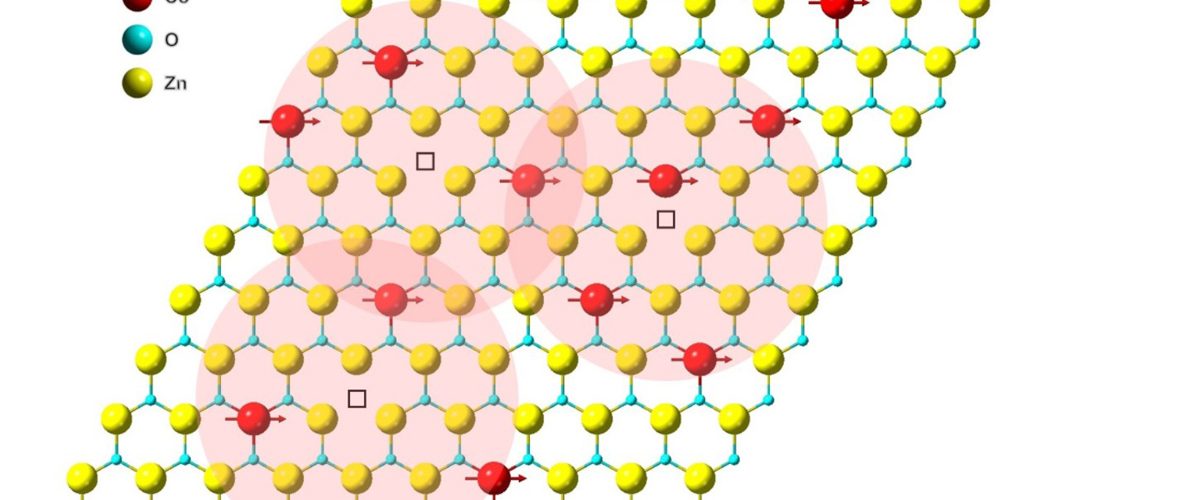Up till today, the magnetic components of the memory devices are created from thin magnetic films, which at the atomic level are not only 3D but also hundreds of atoms thick. And for long scientists have tried to create small 2D magnets which should be thin enough to allow data storage at a faster and higher density. A group of researchers from Lawrence Berkeley National Laboratory has successfully created such ultrathin magnet that can operate perfectly at room temperature, opening the horizon of possibilities for the invention of new applications in computing and electronics, particularly in high-density, compact spintronic memory devices, adding to the development of new tools for quantum physics. The study recently appeared in the journal Nature Communications.
Scientists at the Department of Energy’s Lawrence Berkeley National Laboratory (Berkeley Lab) and UC Berkeley are credited with this invention, and an author of the study Jie Yao – associate professor of materials science and engineering at UC Berkeley said,
We’re the first to make a room-temperature 2D magnet that is chemically stable under ambient conditions. The major achievements in this discovery are the realization of the new mechanism in 2D magnetic materials, and the possibility of the function of 2D magnetism at room temperature. “State-of-the-art 2D magnets need very low temperatures to function. But for practical reasons, a data center needs to run at room temperature. Our 2D magnet is not only the first that operates at room temperature or higher, but it is also the first magnet to reach the true 2D limit: It’s as thin as a single atom!, said materials scientist Jie Yao.
The problem with the 2-Dimensional magnetic materials, previously discovered was their loss of magnetism and instability at room temperature, which Rui Chen and the team have successfully overcome.

To make such an ultrathin wafer, the scientists used cobalt-doped van der Waals zinc-oxide, by combining graphene oxide, zinc, and cobalt, at a carefully measured ratio of Graphene oxide in acetate dihydrates of zinc and cobalt. Just a few hours of baking in a conventional lab oven transformed the mixture into a single atomic layer of zinc-oxide with a smattering of cobalt atoms sandwiched between layers of graphene. In a final step, graphene is burned away, leaving behind just a single atomic layer of cobalt-doped zinc-oxide. Making the whole process potentially scalable for mass production at a cheaper cost as the method is solution-based and simple. To confirm the one-atom thickness of the magnet, crystal structure, and composition the team used scanning electron microscopy and transmission electron microscopy. The result was a magnetic 2D film, with magnetic potential depending upon the amount of cobalt scattered among the zinc oxide.
At 15% the material proved to be strongly magnetic having a localized spin within the material, forming frustration. This can stymie magnetic order within a system, so it seems somewhere around 12% of cobalt. And the film was not only magnetically and chemically stable at room temperature, but also up to 100°C.
The biggest advantage of this study is that it helps to understand the magnetic interaction among atoms, having a strong inference for quantum physics. It also assists with a better understanding of spintronics – the study of the spin of the electron. Thus the whole creation of ultrathin magnetic wafer can be used to manufacture lightweight and flexible memory devices, that rely on switching the orientation of the magnetic field to encode binary data.
















Add comment